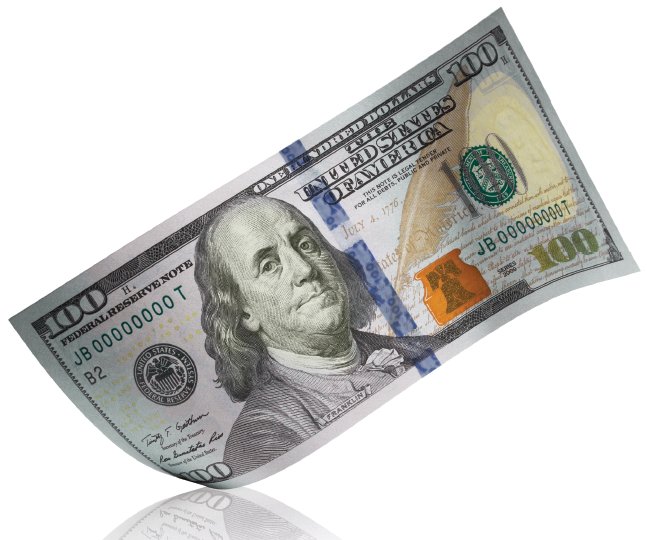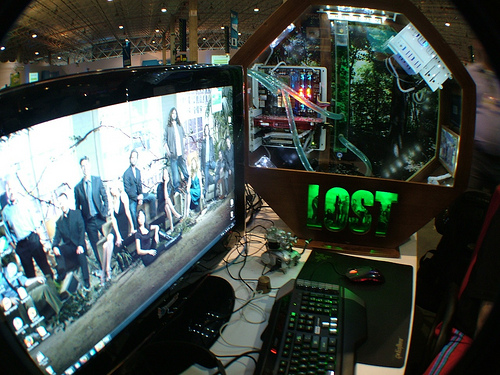
On Wednesday officials unveiled a new design for the $100 bill. Mr. Franklin joins pals Lincoln, Hamilton, Jackson, and Grant in the fight against counterfeiters. The new $100 note includes the following security enhancements: A 3D Security Ribbon that nearly cuts the bill in half at the center contains images of bells and 100s that move and change from one to the other as you tilt the note. The ribbon is woven into the paper, not printed on it. The Bell in the Inkwell, located on the front of the bill to the right of Franklin, changes color from copper to green when the note is tilted, an effect that makes it seem to appear and disappear within the copper inkwell. On the back there’s a new vignette of Independence Hall featuring the rear, rather than the front, of the building. The Franklin portrait and the vignette have been enlarged and the oval around them has been removed. Also on the back you’ll find a large gold 100; it helps those with visual impairments to distinguish the denomination. The bill retains several enhancements from the last update including the portrait watermark, the security thread, and the color-shifting 100. The new $100 notes will begin circulating on February 10, 2011. Look in the gallery below to learn more about the visual security enhancements; after the break there’s a short animation that highlights the bill. Welcome to the club, Franklin. Washington, where you at?
[Via NewMoney]





































